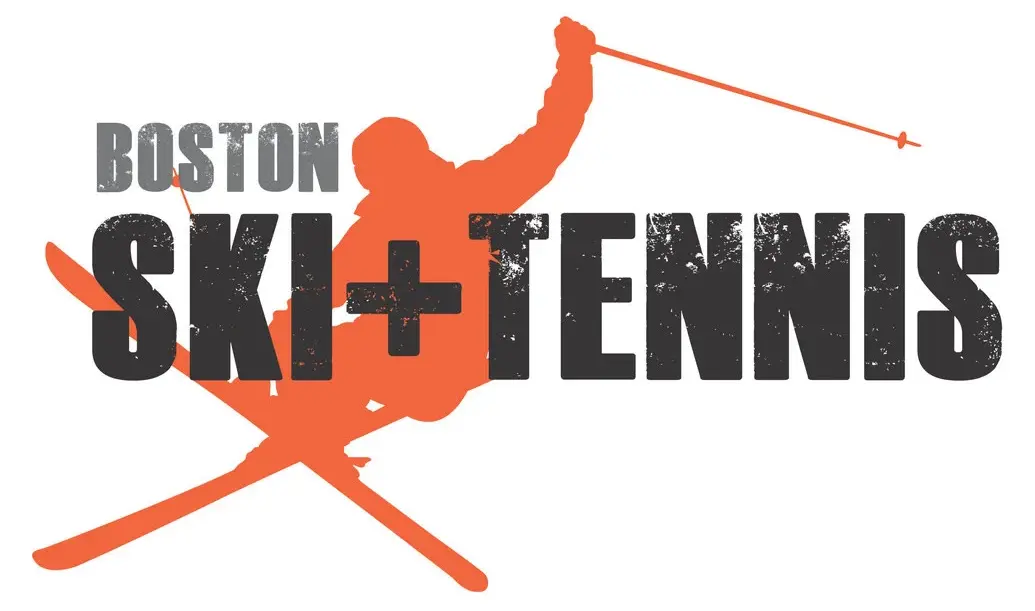What Are All-Mountain Skis? Understanding Their Versatility
Some think all skis are all mountain skis, but this is not the case. There are actually a lot of different types of skis to choose from. Each type has special features that can benefit a specific skier based on how they like to ski. If you’re someone who enjoys carving perfect turns on groomers but doesn’t mind venturing into powder or tackling chopped-up terrain, all-mountain skis might just be your new best friend. But what exactly are all-mountain skis, and why are they so popular? This blog discusses everything you need to know about all-mountain skis and if they’re right for you. Read on for more!
What Are All-Mountain Skis?
All-mountain skis are specifically designed to handle more difficult terrain and other conditions. It’s easier to think about all-mountain skiing as being like a jack-of-all-trades type of ski. They’re able to perform well on glades, groomed runs, terrain parks, you name it. They can handle even just a simple powder day at the resort. All-mountain skis don’t necessarily excel in one specific area but are pretty good in all areas, making them a top favorite for more well-versed skiers. Typically most all-mountain skis will be between 86-99mm waist width that can offer pretty decent balance and stability. Also, they are a combination of camber and rocker, helping them float on top of softer snow while also having a strong edge grip on hard-packed snow.
How Are They Different from Other Types of Skis?
What makes these guys so different? All-mountain skis are a comfortable middle ski choice for skier types. There are skiers out there that prefer backcountry trails only and others that like aggressive terrain. All-mountain falls right in the middle zone. This gives it more versatility as well as some limitations.
All-Mountain Skis Features
As we’ve mentioned, all-mountain skis have a versatility about them that can be preferred by any type of skier but also have a blended construction. If you experience a lot of mixed weather conditions on the slopes, all-mountain skis are always the best option because you’re somewhat prepared for anything. All-mountain skis also have a good ease of turning. It can handle wide or sharp turns while not using as much effort. So, if you deal with a lot of slushy or chopped-up snow from time to time, consider all-mountain skis to do the best job in being able to handle the terrain.
Who Are All-Mountain Skis Good For?
As we’ve mentioned, all-mountain skis are a perfect middle ground for any type of skier, so if you’re skiing a wide range of terrain and conditions, then these are for you! All-mountain skis are great for exploring terrain without being stuck with a specific style of ski, so you can handle other slope conditions if the opportunity presents itself. The only skier type that all-mountain skis may not be best for is beginning skiers. New skiers require a bit more technique and skill to be able to be comfortable on these types of skies, so make sure not to try them out on your first go around.
What Happens if Beginners Use Advanced Skis?
For beginners, jumping straight to advanced skis can be really tough and might lead to a lot of falls—and, let’s be honest, a fair bit of frustration, too. These skis are designed for people who already have the skills to manage the extra control and precision they need. As skiers advance, they learn how to get the ski on edge to turn with less effort. And the wider the skis, generally the harder it is to initiate that edge. That is why one should be a solid advanced intermediate to consider all-mountain skis. If you’re just starting out, it’s much better to stick with a ski checklist. These will give you the chance to focus on learning the basics and getting comfortable on the slopes. Plus, it’ll make your experience way more enjoyable and safer while setting you up for smooth progression when you’re ready to level up!
How to Size Your All-Mountain Skis
Sizing any type of ski can be a little difficult because you want the perfect fit for the best ride down the slopes. With all-mountain skis, they will be a little longer than carving skis because of the tip and tail’s shape shortening where the ski touches snow without force. So,try choosing a length close to your height that is up to 10cm shorter than you are, which is still reasonable. Then, think about control. With their ease of turning, thanks to rocker profiles, you don’t need to size down excessively for better handling.
All-Mountain Skis for Women
Women skiers can sometimes have a harder time getting their skis measured because of the differences in body characteristics. For instance, some women have a different weight distribution, which can bring forward your center of gravity. On average, men weigh more than women relative to their height Some manufacturers make women’s specific products, and some just adjust the size runs. So make sure the ski you choose matches your ability and your individual proportions. Luckily, companies like Boston Ski + Tennis are able to find a perfect pair of skis for you no matter what.
Summary
Overall, all-mountain skis can be your go-to for ultimate versatility on the slopes. Picture this—you’re carving on groomers in the morning, weaving through the trees by noon, and cruising through churned-up snow as the day winds down. With all-mountain skis underfoot, you can handle it all with confidence and ease. If you’re still on the fence about what skis fit you best, check out Boston Ski + Tennis! Our team is here to help you find the perfect pair. We’ve carefully curated a collection of skis to match every style and ability, and we’re happy to offer personalized advice for your needs.


